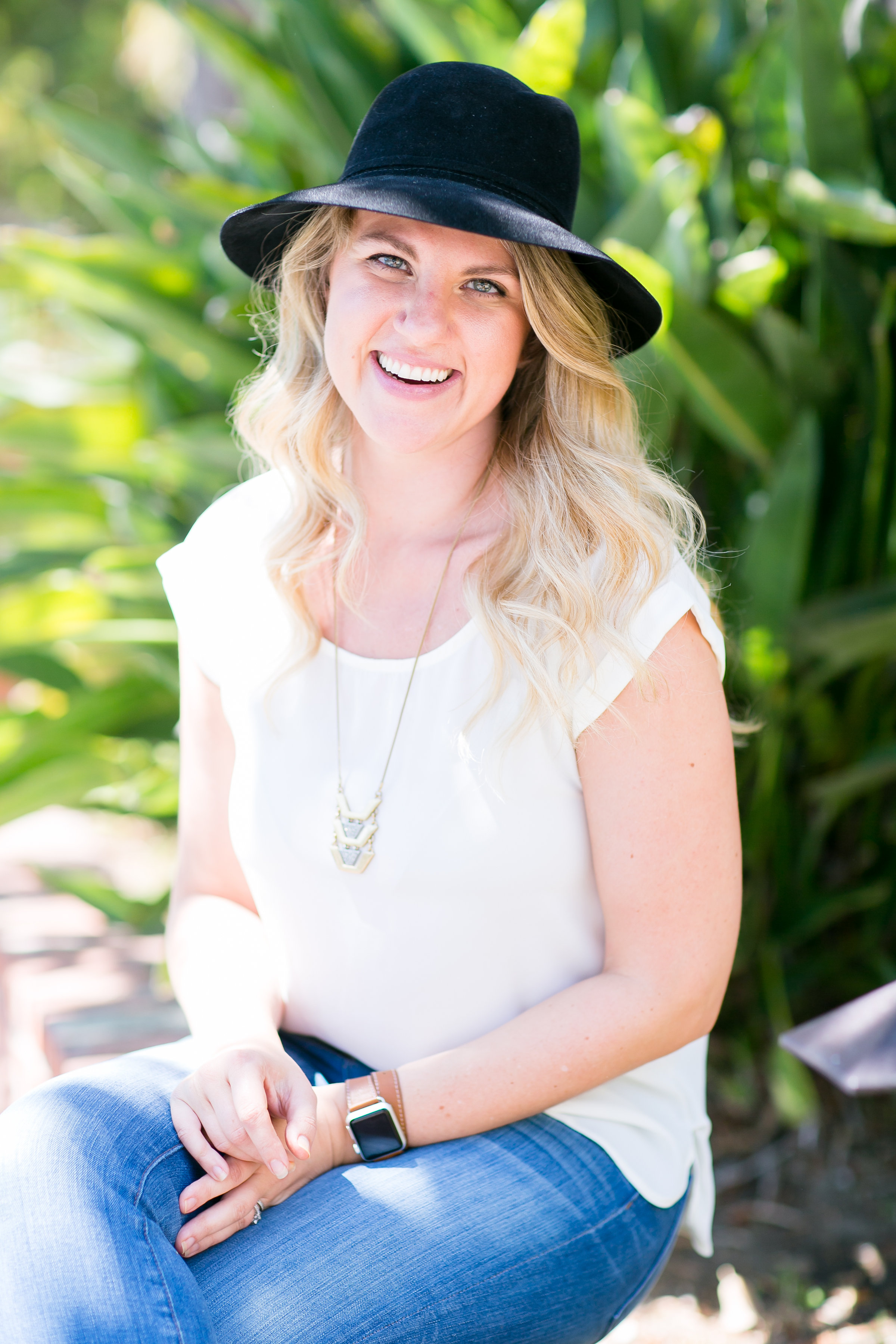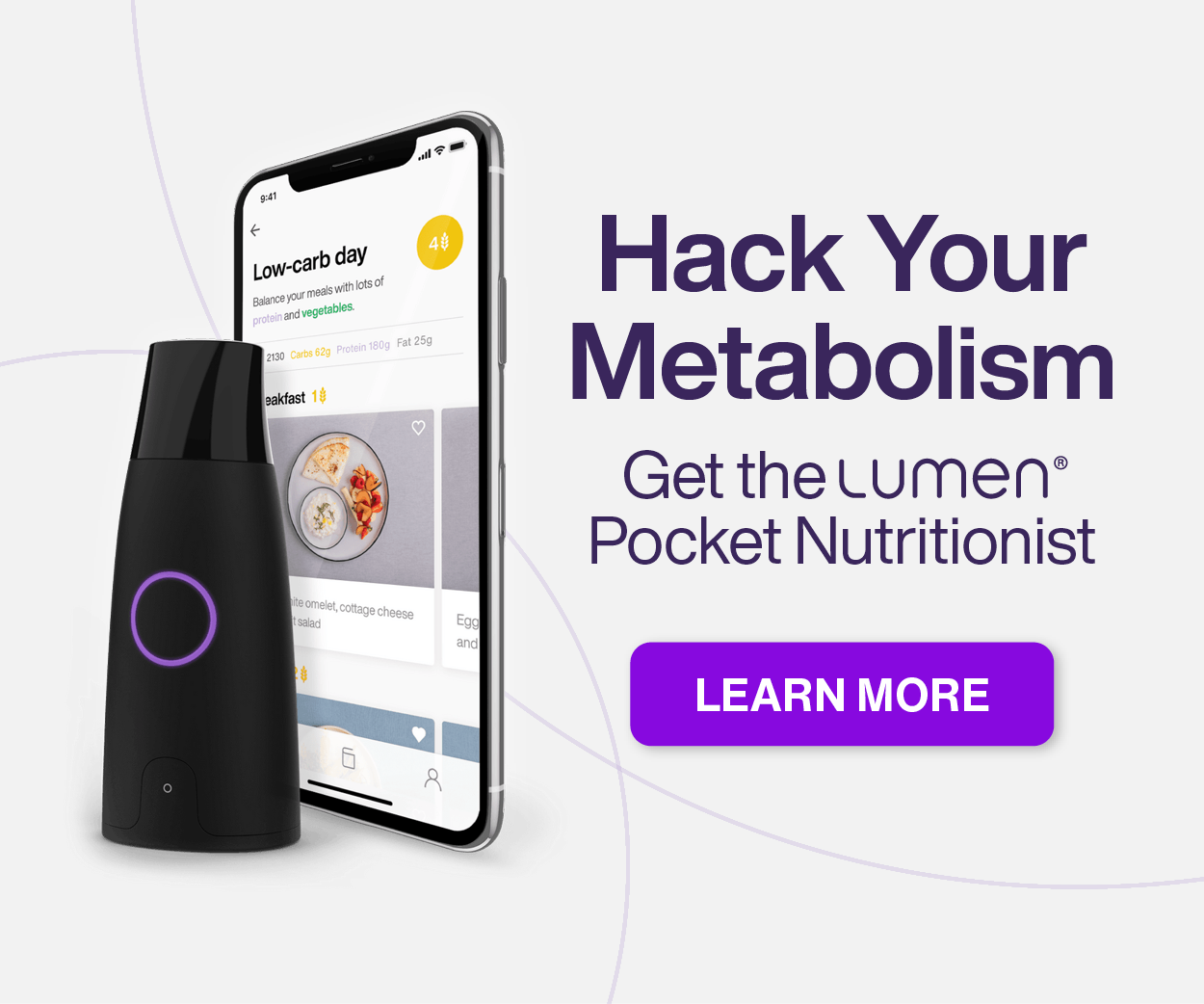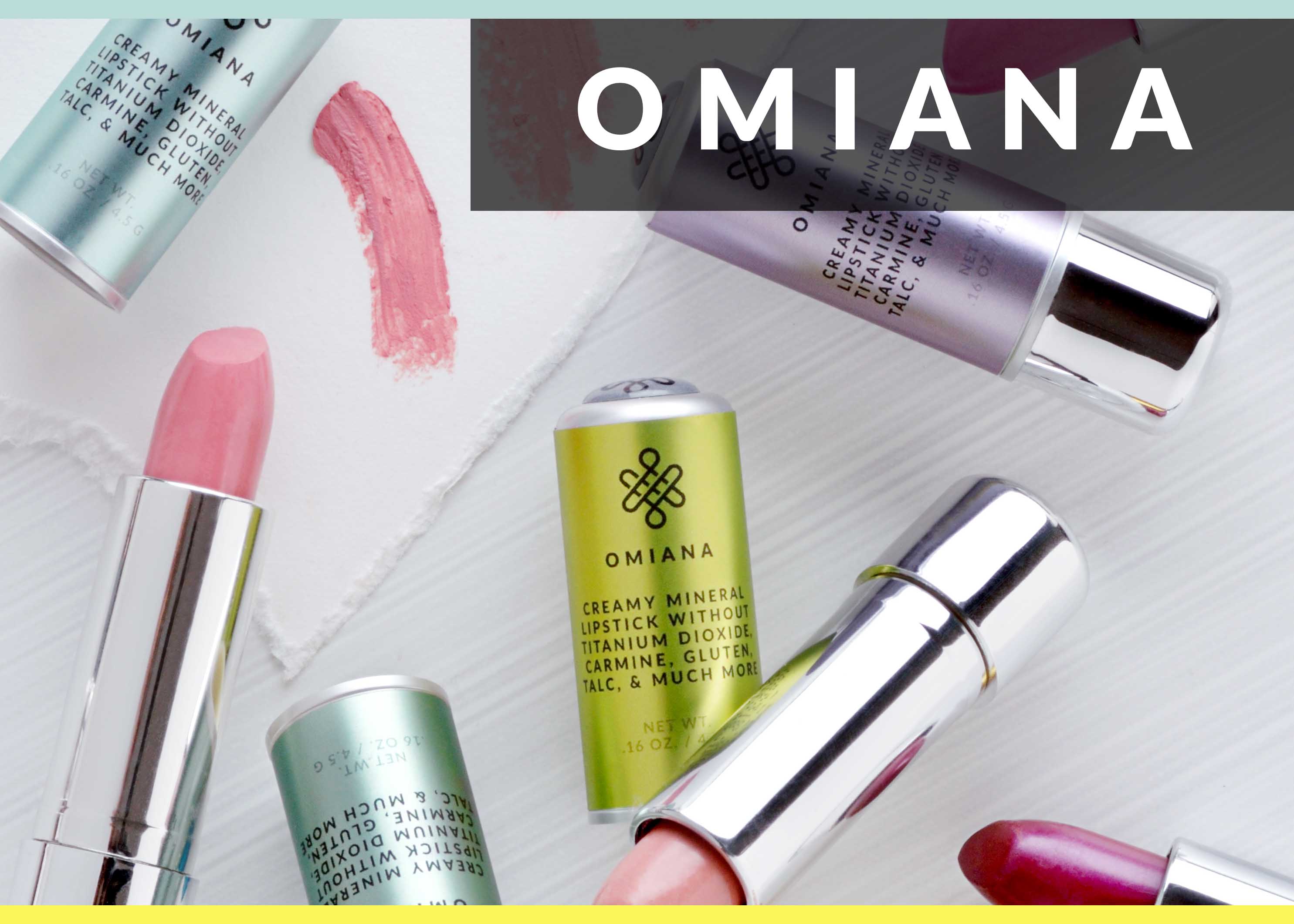 Whether or not to consume animal protein is a very personal decision. We need to take into account out individual bodies, lifestyles, and ethics when deciding where we stand. In my mid-20’s, I made the choice to become mostly vegetarian (or pescatarian, as it were– I ate fish every once in a while). There were many factors that led to my decision — I was dating a vegan chef at the time who really opened my eyes to the ethics and health factors involved in my meat-eating lifestyle. When I cut out animal protein, I felt so much healthier, lighter, even possibly happier. After about 6 years of my pescatarian lifestyle, I made the decision to start eating some animal protein again when I was pregnant. I was craving it, and found that my pregnant body responded really well to some chicken once a week and a grass-fed burger once a month. Obviously, being pregnant, I put a huge emphasis on only eating fresh, organic, non-GMO foods, and that applied even stronger to my animal protein choices. But I was startled to discover that food labeling isn’t as straightforward as it seems.
Whether or not to consume animal protein is a very personal decision. We need to take into account out individual bodies, lifestyles, and ethics when deciding where we stand. In my mid-20’s, I made the choice to become mostly vegetarian (or pescatarian, as it were– I ate fish every once in a while). There were many factors that led to my decision — I was dating a vegan chef at the time who really opened my eyes to the ethics and health factors involved in my meat-eating lifestyle. When I cut out animal protein, I felt so much healthier, lighter, even possibly happier. After about 6 years of my pescatarian lifestyle, I made the decision to start eating some animal protein again when I was pregnant. I was craving it, and found that my pregnant body responded really well to some chicken once a week and a grass-fed burger once a month. Obviously, being pregnant, I put a huge emphasis on only eating fresh, organic, non-GMO foods, and that applied even stronger to my animal protein choices. But I was startled to discover that food labeling isn’t as straightforward as it seems.
One of the most common questions I get from my clients is about food labeling, especially when it comes to consuming animal products. By now, we all know the problems with conventionally farmed meat and dairy (the hormones, antibiotics, inhumane practices, etc.), but with all the different varieties of “happy meat” out there, how do you know which is best? Most people think that many common food labels are interchangeable — free-range is just another word for cage-free, right? All that really matters is that it’s organic, right?? If I buy my meat or eggs at Whole Foods, it has to be ok, righhhht??? Turns out, wrong.
There are substantial differences in the stringency of regulations regarding all the common food labels. For example, I was shocked to discover that “free-range” chickens need only have access to the outdoors, but there is no guarantee that they will actually spend any time free-ranging at all. And did you know that wild-caught seafood is not always better than farmed?
To make the healthiest choices for our selves, our families, and our planet, we need to be armed with knowledge about what exactly we are putting in our bodies. Below is my simple, straight-forward food labeling guide to help you pick the best foods to put on your table.
So what do I choose for myself and my family?
Always organic and non-GMO everything, especially animal protein. We eat free-range organic chicken a few times a week, wild caught Alaskan salmon or Pacific Dover Sole once or twice a week, and pasture-raised eggs maybe 2-3 times a week. The majority of our diet is still plant-based. I’m not going to lie, I still struggle with eating animal protein and feeding it to our kid (we decided to include some animal protein in her diet due to some growth issues and food sensitivities that limited her protein options). I imagine once our little one is a bit older, we’ll all go back to our old pescatarian ways. But for now, I can feel confident that I am minimizing the impact our choices are having on our health and the planet by picking the healthiest and cleanest foods we can.












